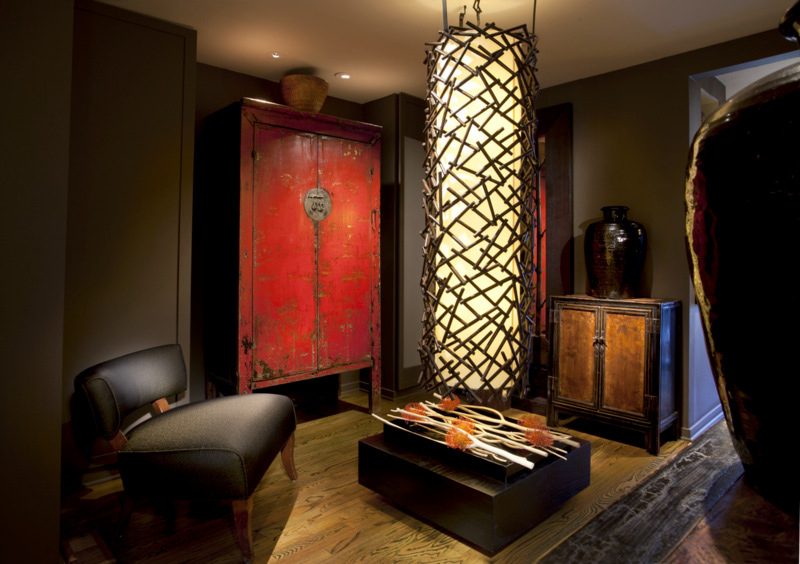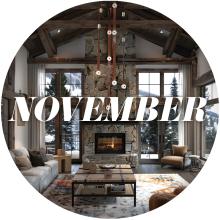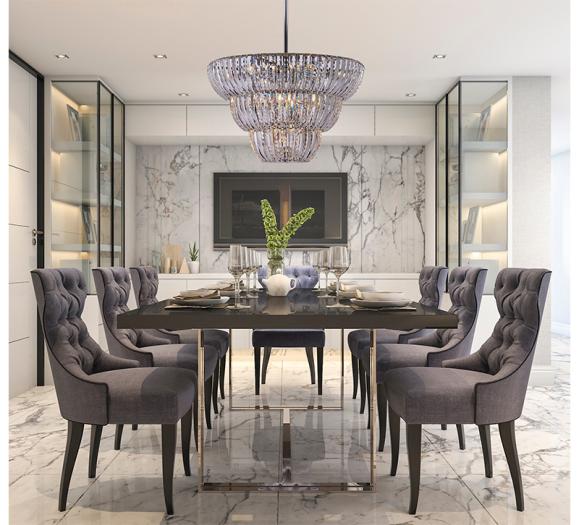Energy-efficient lighting has a bad rap. The general public thinks that all LEDs are alike. There are huge differences in the quality of the high efficacy lamps on the market. People just need to be better educated about what is available.

I have made it my personal mission to find energy efficient lighting that can be attractive, and dare I say it…sexy. To this end, all the lighting in my home has been changed to energy efficient lighting. Okay to be totally truthful, the fridge and the oven still have incandescent lamps. I haven’t yet found a viable alternative for these two locations. Yes, I could buy a new refrigerator with LED lighting, but that just isn’t in the budget at the moment. Now, when I have people walk through my home, it functions as a living light-lab. They get to experience in 3-D what higher efficacy sources can look like. It goes a long way toward calming their fears. Sometimes, they become instant converts. Other times they demand to see the bulb to make sure that is not incandescent.

Along with upgrading the lighting, I opted to update the look of the house as well. Talented interior designer, John G. Martin of Turner Martin Design made magic by reusing what I already owned with just a few new things added to the mix. Basically, what he did was pull everything out of the house and put it back in a totally different way. It was an amazing transformation that didn’t break the bank. Technically this was a very green approach; since everything was reused or what John called “reimagined.” For example, the pendant fixture over the dining room table was originally a stool. How’s that for creative reuse?
LEDing You On
There are some really fantastic LED lamps and fixtures now available that have the potential to change how people feel about the industry. Most are dimmable and come in a variety of color temperatures; the warmer tones approximate incandescent light (2400K and 2700K) and the cooler colors are between halogen (3000K) and daylight (5000K), depending on the manufacturer. You also want the CRI (Color Rendering Index) to be 90 or higher. Incandescent light has a CRI of 100 and is the gold standard for color rendering quality.
Downer Lights
Okay, I’m going to tangent off for a moment here. A big complaint of mine is that all recessed downlights, no matter what the source, are unattractive lights for people to be under. They cast harsh shadows on their faces, instantly aging them. Who wants that? In my humble opinion, the lighting manufacturers are so busy coming up with viable LED downlights that they are missing the point that maybe downlights are not the best way to light a room. My suggestion is to use adjustable trims that allow the light to be directed towards art and tabletops, and to use indirect linear lighting to add flattering ambient light to spaces.

As far as LEDs go, I like many of the non-downlight products. For example, there is a newer innovation for under-cabinet task lighting and indirect cove lighting in the form of warm-dim technology, which means that you can get a variety of true incandescent quality colors ranging from 3000K to 2150K. These products are available with various lumen outputs, depending on how much you need for a certain application. For instance, indirect lighting needs a higher lumen output while toe kick lighting just needs to be a gentle glow of illumination.

I am testing numerous LED MR16’s for the recessed adjustable fixtures in my home. These companies are offering high lumen output that is equivalent to 50 watts or higher, along with deliciously high CRIs. My dilemma is that I already have boxes full of earlier versions of LED products. What are we supposed to do with these now obsolete products that still have an expected life of 25,000 to 50,000 hours?
Also I like that dimming and control system manufacturers are starting to step up to the plate to help inform specifiers and installers how to choose the correct dimmers or interfaces for control systems that are compatible with specific LED products.
Painting with Light
My mantra, as you all know is the use of light layering; combining task, ambient, accent and decorative to create a cohesive overall design. This remains in place even when using energy efficient sources. For example, bathrooms have now become little sanctuaries for us to get away from the day-to-day stressors. It is the one door that you can lock and get away from the rest of the family for a half hour or 45 minutes without feeling guilty. There is no reason why this room doesn’t deserve the full-star treatment.

On the other end of the design dial, I’m not a huge fan of the manufacturers that offer color changing LEDs for tubs and showers, which come under the heading of chroma-therapy. The idea behind this is that light therapy can improve our mood. There are certainly clinical studies that show that increased exposure to light helps people affected by Seasonal Affective Disorder (SAD). Still, I am not comfortable getting into a whirlpool filled with bubbling yellow water…or even worse…red water. Now, you can get color changing LEDs that include white diodes, along with the traditional red, green, and blue. This brings the warm incandescent tones into the mix. That is a color I can dip into.

I am currently in love with LED filament bulbs that look like the old Edison bulbs. They come in 2700K and 2400K versions with CRI’s of 90 or higher. I have filled my home with them. The beauty of the situation is that no one ever thinks that the sources in my home are anything other than incandescent, until the end of the tour when I make the big reveal…and then laugh diabolically.

Interior Designers: John G. Martin, Turner Martin Design; Architects: Laurie Erickson and Chet Zebroski, EZDG Design Group







